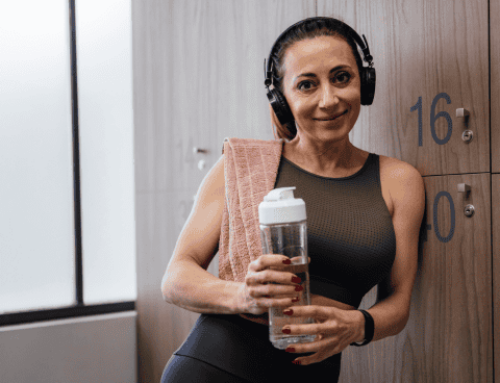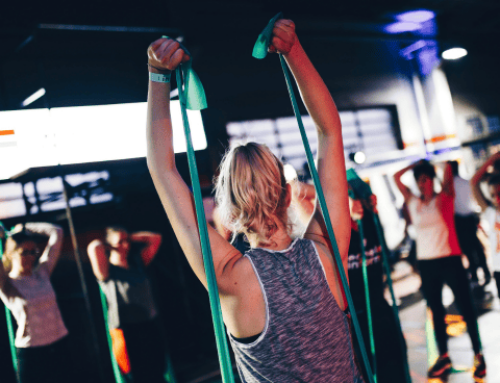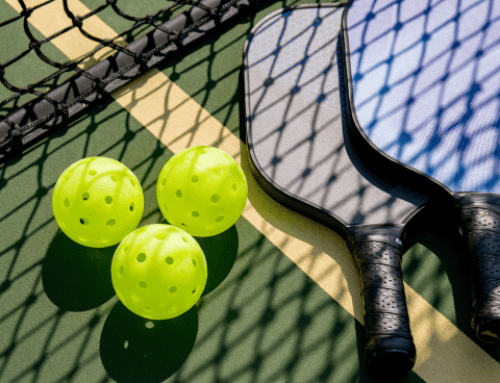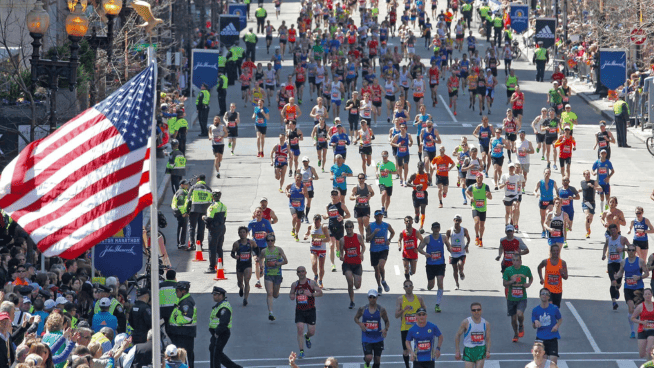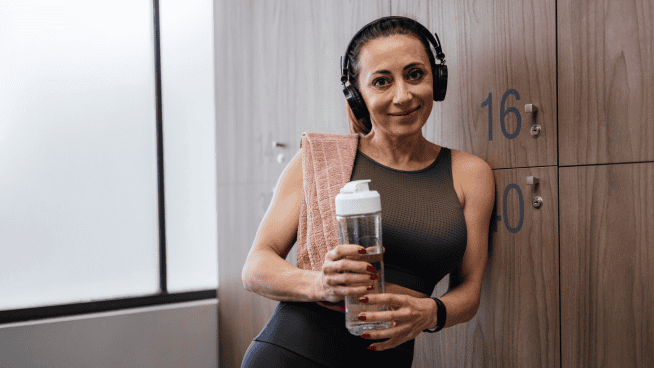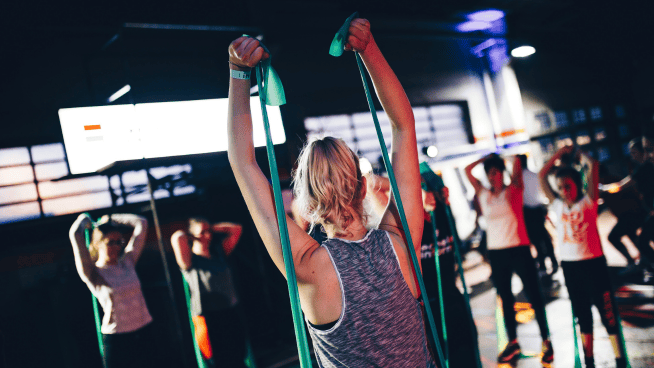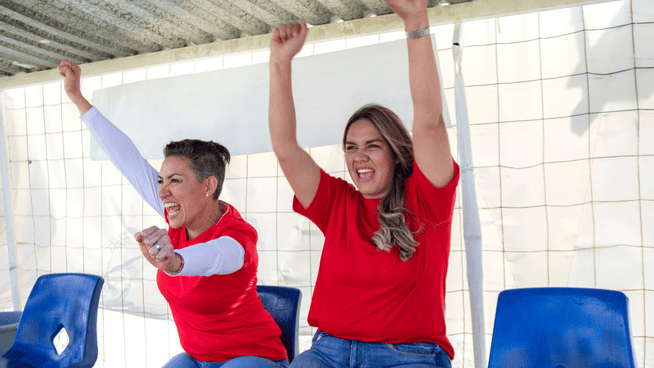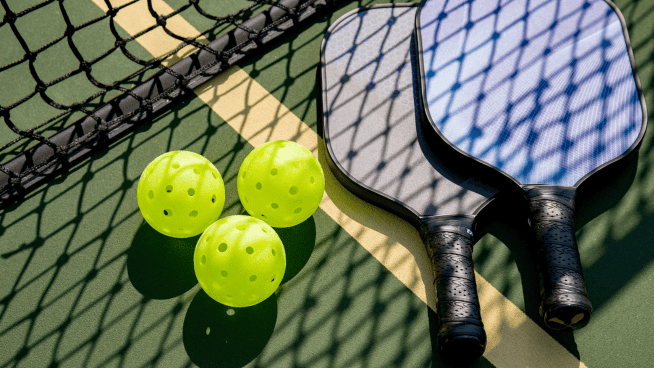How Overcomplicated ‘Core Training’ Is Making Athletes Worse
With the rise of social media and the increasing devaluation of the term “functional,” core training is broader than ever.
Surf Instagram and you’ll find literally thousands of different moves being dubbed as core exercises. With so many options at your disposal, it’s easy to get overwhelmed. But equating complexity with efficacy is rarely the right approach. Coaches and athletes must not lose sight of the fact that heavy, multi-joint exercises like the Squat and Deadlift are perhaps the best core exercises that have ever existed.
Javair Gillett, Director of Athletic Performance for the Houston Rockets, recently spoke on the topic to STACK.
“It’s very important that at certain times, exactly when depends on a lot of outside variables, a basketball player loads heavy,” Gillett says. “When we talk core strength, it’s not just abs. There’s been a misconception that core is just training the abs. Core is hips, spine, scaps—all the muscles that come off the spine. A Squat is a core exercise. If there’s an exercise that will improve performance and improve function, that’s research-based, it’s the Squat. Now how you perform the Squat and how you load the Squat depends on the individual athlete, but we can’t forget about that.
“I know it’s rudimentary, but people are looking to reinvent the wheel. Reinventing the wheel is causing injury. If we just stay simple and go off what the research says, a Squat is a core exercise that will improve function and reduce the likelihood of injury on the court, bottom line.”
A 2018 study published in the Journal of Human Kinetics found that a six-rep max Back Squat resulted in greater erector spine activation and similar rectus abdominis and oblique external activation as a Weighted Prone Bridge with 20% of the athlete’s body weight placed on their low back performed until failure. In fact, the Back Squat resulted in approximately four times greater muscle activation in the erector spinae.
“Typically, specific core exercises are performed isometrically in the horizontal position, attempting to isolate the different core muscles, which does not mimic movements in sport or daily living activities. For daily living activities (e.g., stair climbing, walking, lifting, throwing, kicking, etc.), injury prevention and performance improvement, we recommend targeting core muscles by integrated high-intensity exercises as the Squat instead of an isolated and isometric core exercise, especially for athletes,” the authors concluded. The time under tension (TUT) of a heavy lift like a Back Squat is also arguably more comparable to what an athlete will experience during competition than a Plank performed for minutes on end.
“Moving a 10-pound medicine ball in four different directions is not necessarily a core-strengthening exercise—it might be a functional movement, it’s not necessarily a core strengthening exercise,” Gillett says. “Using bands might improve movement or be an effective warm-up tool, but it’s not going to strengthen your core (the same way a Squat does). Strength is the ability to resist attack. If your body’s not challenged the way it’s on the court, where a big has to push and pull against another big, or you have one of our players who weighs 270 pounds falling down on your shoulders getting a rebound, or pushing down on your shoulders trying to get a rebound. A band isn’t going to improve your ability to resist that attack. Core strengthening, you need to load, and you need to make sure that the exercises are multi-planar, so the resistance comes from different angles, but the load needs to be sufficient to meet the demands on the court. I think if you lose sight of that, the player will increase their risk of injury and they will not maximize their performance.”
This isn’t to say lifting heavy totally replaces the need for more specific core training, not at all—it’s more to say that specific core training is no replacement for lifting heavy. Anti-extension exercises which target the anterior core (such as Ab Rollouts, Dead Bugs, Body Saws, etc.) seem especially useful for filling in the gaps around heavy lift.
Photo Credit: skynesher/iStock
READ MORE:
RECOMMENDED FOR YOU
MOST POPULAR
How Overcomplicated ‘Core Training’ Is Making Athletes Worse
With the rise of social media and the increasing devaluation of the term “functional,” core training is broader than ever.
Surf Instagram and you’ll find literally thousands of different moves being dubbed as core exercises. With so many options at your disposal, it’s easy to get overwhelmed. But equating complexity with efficacy is rarely the right approach. Coaches and athletes must not lose sight of the fact that heavy, multi-joint exercises like the Squat and Deadlift are perhaps the best core exercises that have ever existed.
Javair Gillett, Director of Athletic Performance for the Houston Rockets, recently spoke on the topic to STACK.
“It’s very important that at certain times, exactly when depends on a lot of outside variables, a basketball player loads heavy,” Gillett says. “When we talk core strength, it’s not just abs. There’s been a misconception that core is just training the abs. Core is hips, spine, scaps—all the muscles that come off the spine. A Squat is a core exercise. If there’s an exercise that will improve performance and improve function, that’s research-based, it’s the Squat. Now how you perform the Squat and how you load the Squat depends on the individual athlete, but we can’t forget about that.
“I know it’s rudimentary, but people are looking to reinvent the wheel. Reinventing the wheel is causing injury. If we just stay simple and go off what the research says, a Squat is a core exercise that will improve function and reduce the likelihood of injury on the court, bottom line.”
A 2018 study published in the Journal of Human Kinetics found that a six-rep max Back Squat resulted in greater erector spine activation and similar rectus abdominis and oblique external activation as a Weighted Prone Bridge with 20% of the athlete’s body weight placed on their low back performed until failure. In fact, the Back Squat resulted in approximately four times greater muscle activation in the erector spinae.
“Typically, specific core exercises are performed isometrically in the horizontal position, attempting to isolate the different core muscles, which does not mimic movements in sport or daily living activities. For daily living activities (e.g., stair climbing, walking, lifting, throwing, kicking, etc.), injury prevention and performance improvement, we recommend targeting core muscles by integrated high-intensity exercises as the Squat instead of an isolated and isometric core exercise, especially for athletes,” the authors concluded. The time under tension (TUT) of a heavy lift like a Back Squat is also arguably more comparable to what an athlete will experience during competition than a Plank performed for minutes on end.
“Moving a 10-pound medicine ball in four different directions is not necessarily a core-strengthening exercise—it might be a functional movement, it’s not necessarily a core strengthening exercise,” Gillett says. “Using bands might improve movement or be an effective warm-up tool, but it’s not going to strengthen your core (the same way a Squat does). Strength is the ability to resist attack. If your body’s not challenged the way it’s on the court, where a big has to push and pull against another big, or you have one of our players who weighs 270 pounds falling down on your shoulders getting a rebound, or pushing down on your shoulders trying to get a rebound. A band isn’t going to improve your ability to resist that attack. Core strengthening, you need to load, and you need to make sure that the exercises are multi-planar, so the resistance comes from different angles, but the load needs to be sufficient to meet the demands on the court. I think if you lose sight of that, the player will increase their risk of injury and they will not maximize their performance.”
This isn’t to say lifting heavy totally replaces the need for more specific core training, not at all—it’s more to say that specific core training is no replacement for lifting heavy. Anti-extension exercises which target the anterior core (such as Ab Rollouts, Dead Bugs, Body Saws, etc.) seem especially useful for filling in the gaps around heavy lift.
Photo Credit: skynesher/iStock
READ MORE:

